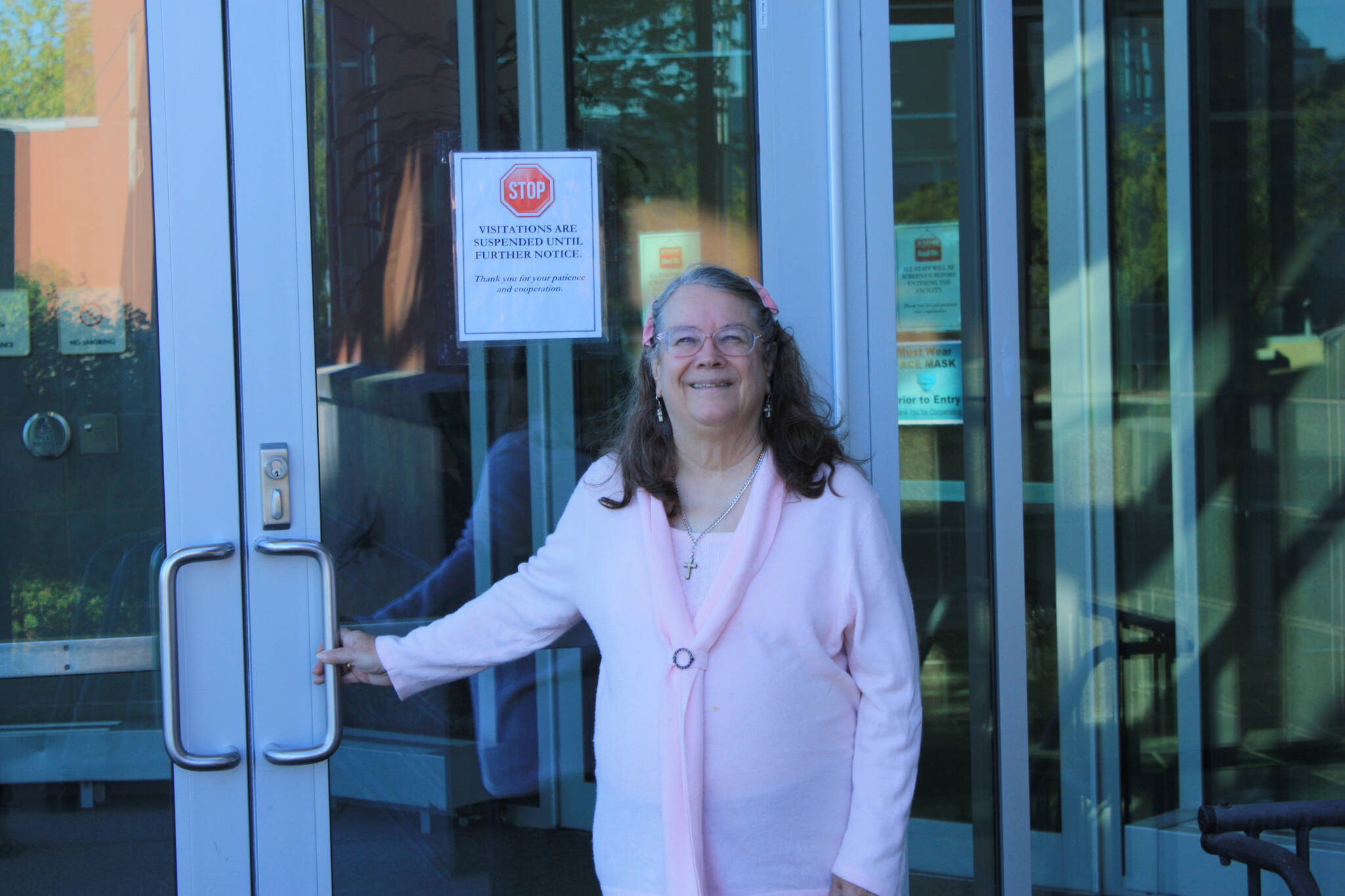In December 2022, the Biden Administration released a 100-plus-page plan on how to reduce America’s estimated one half million homeless population by 25% over the next two years. The ‘Housing First” plan is not without its critics.
Alaska’s major cities are facing similar challenges in helping the homeless and people with a mental illness as major cities like Seattle, San Francisco and Portland. With all the red flags the ‘Housing First” programs in those cities have in caring for people with a disability, Alaska seems to be regrettably heading in the same direction.
On Nov. 20, Eli Saslow, a reporter for the Washington Post, published a lengthy story that has been reprinted by several newspapers including in Alaska, “Fixing the broken lovelies.” In the story, Naomi Morris, a psychiatric nurse describes the difficulties in caring for acute care psychiatric patients in subsidized apartments in Seattle.
Currently, it would not be out of place to hang a sign on the front door of some of the supportive housing for individuals who have been homeless with a severe mental illness which read “abandon hope all ye who enter here.” According to the Downtown Emergency Service Center in Seattle at least half of their clients are using methamphetamine or opioids, much of which is contaminated with fentanyl. There are no estimates for the number of clients that are addicted to and using alcohol.
It is my impression that people often end up self-medicating to cope with stress and past traumas when given no incentive by government programs not to. As of now, there are legitimate concerns with the current Housing First programs. There is a dark side to those programs that even supporters find difficult to explain, especially the time and effort managing the decline of individuals.
The majority of people with a severe mental illness with addictions that are now in supportive government housing have at one time been transported to a locked psychiatric facility or unit for a forced evaluation or treatment. What happens to a person in those facilities can often have a lasting negative effect on recovery.
There is a resistance by hospital management, hospital employee unions, city and state officials to think outside the box and adopt programs that reduce trauma to psychiatric patients during treatment or transportation to the lowest possible number. I estimate that reducing the trauma experienced by psychiatric patients in psychiatric hospitals, “institutional trauma,” could save millions in unnecessary costs, both for the states and for the patients.
Traveling through Seattle in 2002, I had a psychotic break at the airport. I was taken into custody and transported to a psychiatric unit in an ambulance. While being admitted, a security guard took away my shoes and I spent the next four days without shoes or socks. Within 24 hours, I passed through four different psychiatric hospitals or units. In the first unit, I sat on a mattress on the floor while staff watched me through a window in the door.
In the third psychiatric unit I spent half a day. For most of that time, I was strapped to a gurney in a line of occupied gurneys in an overcrowded hallway waiting for a bed. All around me there were patients similarly strapped to gurneys, pleading for a drink of water or to go to the bathroom. Staff would simply walk by, ignoring the legitimate requests of people the government determined had a disability. Being abandoned on a gurney is traumatizing.
At my last stop I was transferred to the Seattle West Psychiatric Unit, where staff gave me anti-psychotic injections daily over a three-day period. Friends of mine in Anchorage got in touch with a patient advocate in Seattle, and the advocate accompanied me to the mental health court, and after a brief hearing I was released. The hospital gave me a prescription for Prozac, and I was on my way. The mental health advocate assisted me in buying a new pair of shoes and drove me to the Seattle airport. I got on a plane and flew back to Anchorage.
According to Saslow’s reporting, Seattle still does not have adequate beds for psychiatric patients. I was released from the Seattle West Psychiatric Unit with a prescription for an anti-psychotic drug with no follow-up. In 2003 in Anchorage, I would face the exact same situation after being released from the Alaska Psychiatric Institute with a prescription for drugs but no follow-up from API staff or a social worker.
Alaska went from the early ’60s when psychiatric patients were locked up indefinitely to today where psychiatric patients are often dumped on the streets. There has not been an effort to find a middle ground between the two extremes. The Coordinated Resources Project, a Mental Health Diversionary Court, is the closest Alaska comes to being in the middle. It is a good place for the 2023 Alaska legislature to start along with providing more least restrictive psychiatric patient care options.
• Faith J. Myers is the author of the book, “Going Crazy in Alaska: A history of Alaska’s treatment of psychiatric patients,” and the e-book, “Mental Health Care in Alaska 2022: A report card by a former psychiatric patient.” Columns, My Turns and Letters to the Editor represent the view of the author, not the view of the Juneau Empire. Have something to say? Here’s how to submit a My Turn or letter.

